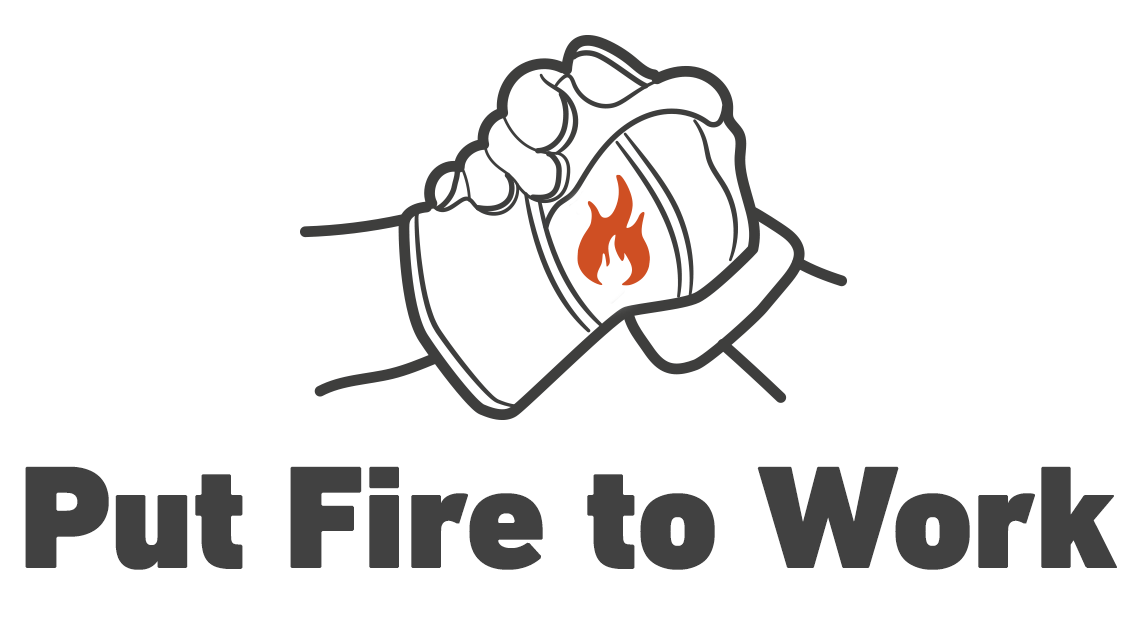Not sure where to start, or need more context? These seven case studies from landscapes throughout the West lay the groundwork for engaging communities in prescribed fire and smoke.
Scale of Rx Fire
In the dry, fire-dependent forests of the West, scale is about fire severity. Decades of fire suppression and related land management practices have led to an uncharacteristic amount of stand-replacing, high-severity fire, and a significant deficit of necessary low-intensity fire.
Graphic adapted from The Nature Conservancy
If we don’t act, this scale mismatch might go on forever. But our forests won’t.
Recent science has concluded that high-severity crown fires, such as those Washington has experienced in recent years, were killing trees in areas that historically would have experienced frequent, low-severity fire with less tree mortality. Severe, stand-replacing fires accelerate the conversion of forests to non-forests, and the expansion of shrub and grasslands. Combined with pressure from a warming climate, failing to significantly increase low-severity fire over the next 50 years will decrease the size and resilience of Washington forests, with unprecedented impacts on water, habitat, carbon and industry.
“The issue of scale is two-fold, because prescribed fire itself is scalable. Remarkably effective, versatile and time-tested, controlled burns can be successfully applied on landscapes of all shapes and sizes.”
Fire has a role in our forests, and it can have a role in our communities, too. Used safely and with the right equipment, prescribed fire, also called controlled burning, is an effective conservation tool in the hands of individuals, homeowners, and land owners. Using prescribed fire on lands that are close to communities and houses can help reduce fuels and future risk of severe wildfire. These burns might be small, but they can make a big impact.
Land managers use strategically placed burns for many different purposes, including forest health, wildfire risk reduction, improving wildlife habitat, preserving watershed function, and promoting the growth of certain plants, including forage for deer and elk and huckleberries for, well, everyone! Burns are done on public and private lands to restore the landscape and protect the things we care about.
Dry forests in Central and Eastern Washington are unhealthy and overstocked due to years of fire suppression. When conditions align, these forests end up burning hot and threatening our landscapes and communities. Large-scale prescribed burns that utilize helicopters and other aerial ignition sources can treat large areas efficiently—scaling up good fire where it’s needed most.
Illustrations Available for Use
Best Practices for Understanding Scale
Start where you are, and deepen engagement.
Up to this point, the bulk of our work as prescribed burners in Washington and the Pacific Northwest has been concentrated in the management level—burns larger than 50 acres, and frequently less than 300, most often on state and federal lands, at least a few miles away from human habitation.
As there are the highest level of existing partnerships and expertise here, deepening engagement in the management level segment is a critical first step to closing the gap on missing low-severity fire.
Ultimately, deeper engagement gets more good fire on the ground in Washington’s forests and landscapes. But getting from here to there is a process, and one that requires small, concrete, actionable steps are identified and progressively implemented.
Burners and partners of all sizes can benefit from examining their work through the Ladder of Engagement process from TELE.
Talk about the edges, and safely push them.
Policy and precedent generate any number of obstacles to implementing prescribed fire on either end of the spectrum—smaller tracts of private property with homes and buildings, and vast landscapes that may involve multiple owners and managers with competing restoration objectives.
However, as practitioners and partners, we can’t stop at recognizing reality. We have to both face facts, and be a catalyst for creative solutions.
We know there are increasing amounts of high-severity fire impacting communities and habitats. We recognize the gap in the amount of low-severity fire on the landscape and see a finite window to apply it before the structure of Washington’s forests and rangelands are irrevocably altered.
Use this toolkit and the resources provided to talk to your colleagues about safe, collaborative ways to push the boundaries on prescribed fire.
Resources for Understanding Scale
New Science on Prescribed Fire
A quick, easy-to-read overview on missing low-severity fire in Washington forests.
Read the Full Study
The missing fire: quantifying human exclusion of wildfire in Pacific Northwest forests, USA
Deepen Engagement
TELE’s Ladder of Engagement process is detailed in Chapter 2: Setting Goals and Objectives. The full guide and chapter links are available here. TELE principles were designed to help organizations reach and motivate private landowners to take desired stewardship actions on their land, but that is only one application. The process is easily adaptable to deepening understanding of your own prescribed fire work, and the specific actions and outcomes you are asking for from key partners.
Connect with All Lands, All Hands
For a snapshot of some current cross-boundary restoration work in Central and Eastern Washington forests visit AllLandsAllHandsWA.org.
Download Scale of Rx Fire Illustrations
See File Format Options

